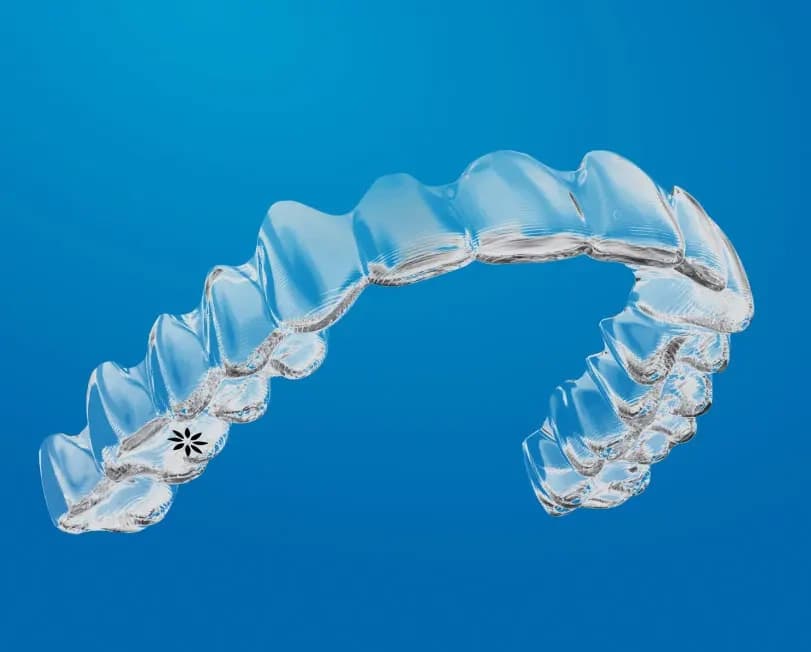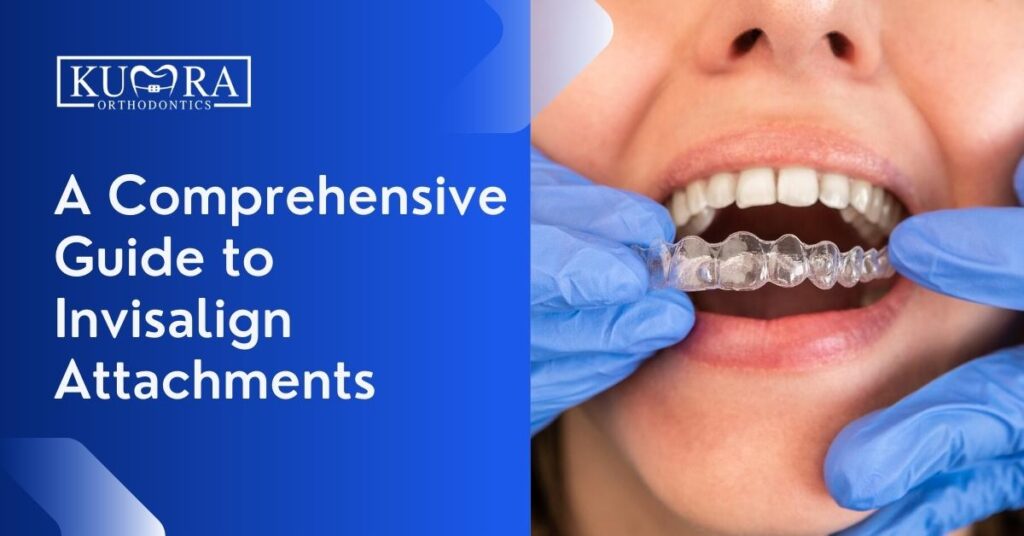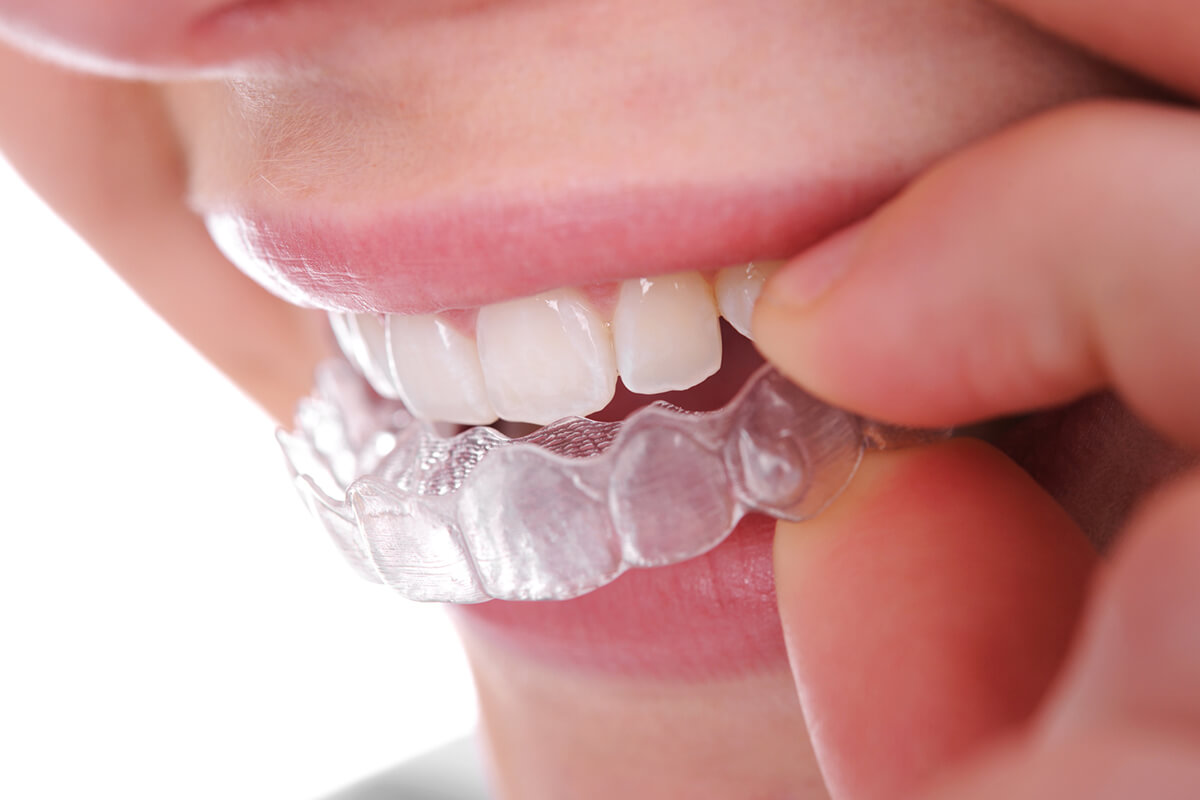The Ultimate Contrast: Invisalign vs. Traditional Dental braces for Adults
The Ultimate Contrast: Invisalign vs. Traditional Dental braces for Adults
Blog Article
Invisalign vs. Standard Dental braces: Which Alternative Is Right for You?
When taking into consideration orthodontic therapy, the choice between Invisalign and standard dental braces offers a number of vital aspects that warrant mindful evaluation. Invisalign uses a very discreet choice with detachable aligners, while typical braces give an extra noticeable yet effective solution for severe misalignment. Each choice includes unique advantages and downsides associated with appearances, convenience, therapy period, and price. Recognizing these nuances is crucial for making a notified choice that straightens with your individual preferences and way of life. The concern remains: which choice will ideal satisfy your orthodontic requirements and expectations?
Overview of Treatment Alternatives

In contrast, typical dental braces consist of steel brackets and cables that are adhered to the teeth. This approach applies continual pressure gradually to attain positioning. While reliable for complex orthodontic concerns, traditional braces call for normal brows through for modifications and can pose obstacles in maintaining oral health due to the difficulty of cleansing around wires and brackets.
Both options have their merits, and the selection typically rests on specific dental conditions, way of life choices, and patient compliance. Inevitably, seeking advice from an orthodontic specialist is crucial for determining one of the most appropriate therapy strategy tailored to individual demands. Understanding the subtleties of each choice can dramatically affect the general success of orthodontic therapy.
Aesthetic Considerations
A substantial variable affecting the selection in between Invisalign and standard braces is the visual allure each treatment offers. Invisalign aligners are crafted from clear plastic, making them basically unseen when put on. This very discreet appearance is especially attracting adults and teenagers that might really feel uneasy regarding their orthodontic treatment. The ability to maintain an all-natural smile throughout the alignment procedure can dramatically boost the person's confidence in social and professional settings.
On the other hand, typical dental braces contain steel brackets and cables, which can be much more noticeable. While advancements in orthodontic innovation have brought about the advancement of smaller sized braces and colored elastics, traditional dental braces still keep a more noticeable profile. For some people, the exposure of braces may deter them from seeking needed treatment.
Ultimately, the selection between Invisalign and typical braces might rest on personal preferences pertaining to aesthetics. People who prioritize discernment frequently lean toward Invisalign, while those that are less concerned concerning exposure might go with traditional braces. Recognizing the visual implications of each choice is vital for making an educated decision that lines up with one's way of living and preferences.
Convenience and Convenience

In terms of comfort, Invisalign aligners are removable, enabling patients to appreciate their favorite foods without limitation and preserve ideal oral hygiene. Cleaning and flossing are streamlined, as the aligners can be secured during these routines, whereas conventional dental braces require careful steering around braces and wires.
Furthermore, Invisalign's dynamic system permits less orthodontic visits. People usually get numerous collections of aligners at the same time, which can simplify the therapy process and minimize time spent in the orthodontist's chair. In comparison, typical braces require regular changes, making them much less hassle-free for those with hectic routines. Invisalign. Overall, the convenience and convenience of Invisalign make it an enticing choice for lots of people seeking orthodontic treatment.
Treatment Duration and Performance
While both Invisalign and conventional dental braces work in remedying dental misalignments, the duration of treatment can vary substantially between both alternatives. Usually, Invisalign therapy can take anywhere from 12 to 18 months, depending on the intricacy of the case. The clear aligners work by progressively moving teeth into their preferred settings, and routine follow-ups with an orthodontist assistance guarantee development stays on track.
On the other hand, conventional dental braces usually require a longer commitment, normally varying from 18 months to 3 years. This is due to their fixed nature and using brackets official site and cables, which can be extra reliable for severe imbalances and complex instances (Invisalign). The therapy performance of traditional braces is well-documented, as they enable accurate changes and greater control over tooth activity
Ultimately, the option between Invisalign and conventional braces might rest on both the awaited therapy period and the details dental concerns handy. Consulting with an orthodontist is vital, as they can give customized recommendations based on specific requirements, making sure the selected technique aligns with desired timeframes and results.
Cost Comparison and Insurance Policy Alternatives
Expense plays a considerable role in the decision-making procedure for people considering orthodontic treatment, whether choosing Invisalign or conventional dental braces. On average, the expense of Invisalign varieties from $3,000 to $8,000, while conventional dental braces usually set you back in between $2,000 you could check here and $6,000. Factors affecting these prices include the complexity of the instance, the period of therapy, and geographical area.
Insurance policy coverage can significantly influence out-of-pocket expenditures. Numerous dental insurance strategies provide partial protection for orthodontic therapies, however the specifics can differ extensively. It is vital for individuals to examine their insurance coverage to identify the level of protection for either alternative. Usually, standard braces may be extra frequently covered by insurance policy strategies contrasted to Invisalign, which some insurance companies categorize as an aesthetic treatment.
In addition, several orthodontic methods offer adaptable settlement strategies, making both therapy alternatives more accessible. Patients ought to make inquiries concerning potential financing options and discount rates for in advance repayments. Examining the total expense, consisting of insurance advantages and repayment strategies, is essential for making an educated decision that straightens with both aesthetic preferences and budget factors to consider.

Verdict
In recap, the option between Invisalign and standard braces depends upon useful content numerous factors, including visual preferences, convenience, therapy duration, and expense. Invisalign provides a discreet, removable choice that facilitates oral hygiene and dietary versatility, while standard braces might be preferable for intricate oral concerns and frequently come at a reduced rate point. Inevitably, examination with an orthodontist is necessary to assess private circumstances and figure out the most suitable therapy alternative for accomplishing ideal dental placement.
When taking into consideration orthodontic therapy, the option between Invisalign and traditional dental braces presents several crucial aspects that warrant cautious examination.Comparing Invisalign and traditional dental braces reveals distinct treatment alternatives for orthodontic adjustment.While both Invisalign and traditional braces are efficient in correcting oral misalignments, the duration of therapy can vary dramatically in between the 2 choices.Expense plays a considerable role in the decision-making procedure for people thinking about orthodontic therapy, whether choosing for Invisalign or conventional dental braces.In recap, the selection between Invisalign and typical braces hinges on numerous elements, consisting of aesthetic choices, comfort, therapy duration, and expense.
Report this page